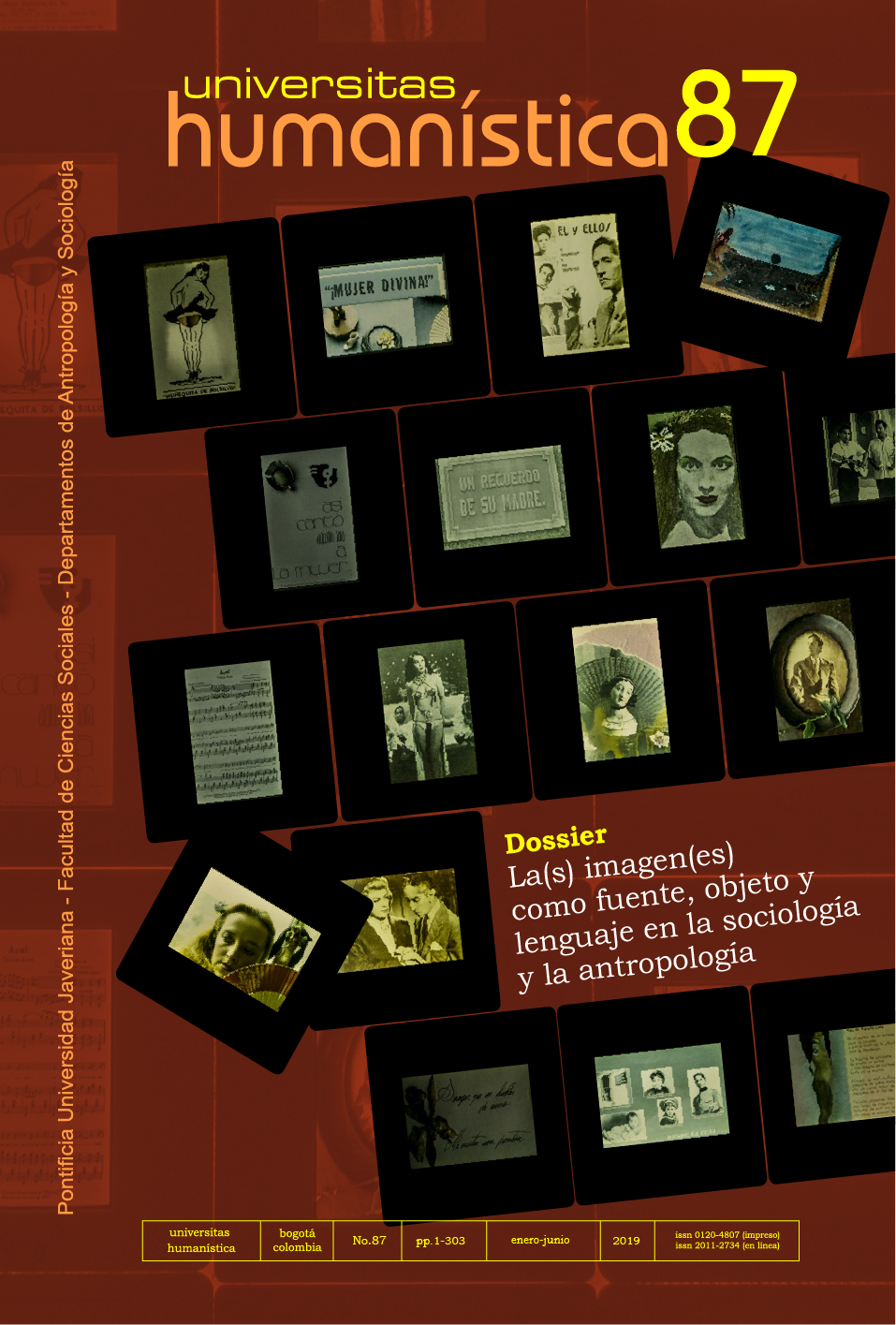Abstract
In 2014, a group of women, mothers and caregivers with children diagnosed with a rare disease participated in a socio-anthropological project aimed at understanding how these women build their identity in the particular circumstances of these pathologies and expanding the knowledge on the difficulties they experience. Methodologically, each participant had to use self-photography to answer the question: What does it mean for you to be a caregiver of a person with a rare disease? The result of this study allows us to reflect on the sociocultural construction of identity through the power of some photographs loaded with meaning and able to create a reality. The concept of care is inserted as a rite of passage, so alive, it manifests in a particular construction of time and space where that identity transits.

This journal provides immediate open access to its content on the principle that making research freely available to the public, encourages greater global exchange of knowledge.
The journal Universitas Humanística is registered under a Creative Commons Attribution 4.0 International Public License. Thus, this work may be reproduced, distributed, and publicly shared in digital format, as long as the names of the authors and Pontificia Universidad Javeriana are acknowledged. Others are allowed to quote, adapt, transform, auto-archive, republish, and create based on this material, for any purpose (even commercial ones), provided the authorship is duly acknowledged, a link to the original work is provided, and it is specified if changes have been made. Pontificia Universidad Javeriana does not hold the rights of published works and the authors are solely responsible for the contents of their works; they keep the moral, intellectual, privacy, and publicity rights.
Approving the intervention of the work (review, copy-editing, translation, layout) and the following outreach, are granted through an use license and not through an assignment of rights. This means the journal and Pontificia Universidad Javeriana cannot be held responsible for any ethical malpractice by the authors. As a consequence of the protection granted by the use license, the journal is not required to publish recantations or modify information already published, unless the errata stems from the editorial management process. Publishing contents in this journal does not generate royalties for contributors.


